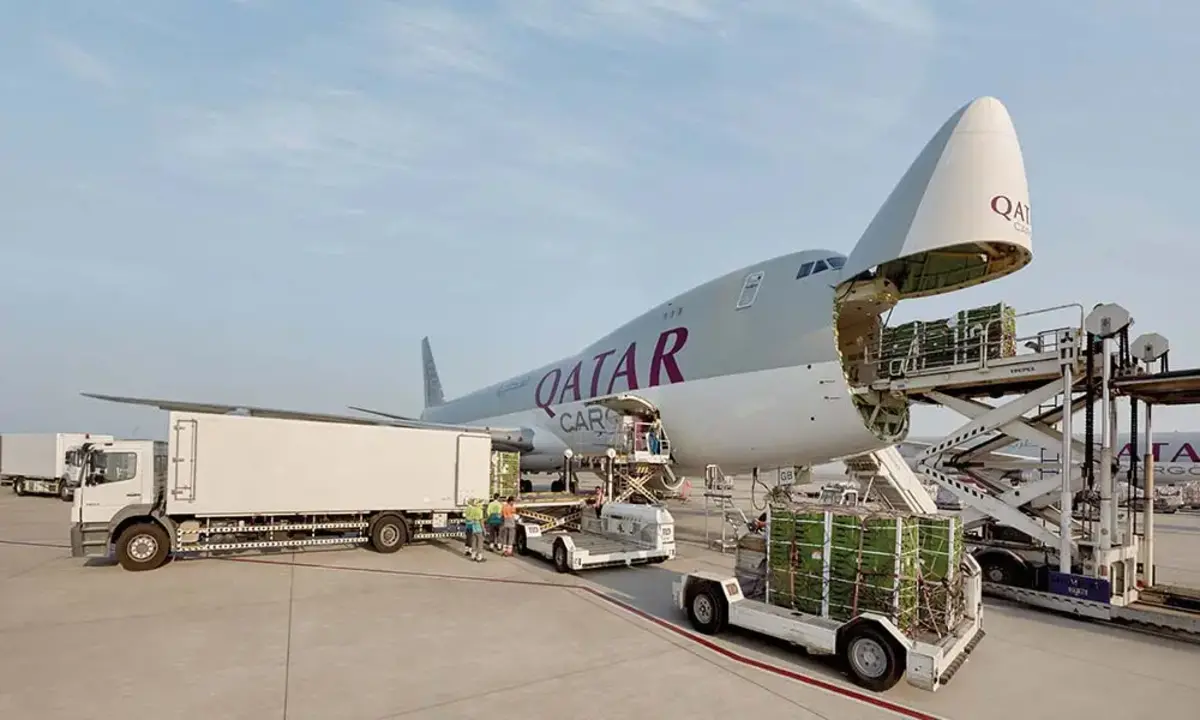
Perishable Cargo? No Problem! Air Freight’s Role in Fresh Logistics
In the fast-paced world of global trade, the transportation of perishable goods presents a unique challenge. From fruits and vegetables to pharmaceuticals and flowers, ensuring that these items reach their destination fresh and intact is paramount. This is where air freight steps in as the unsung hero of fresh logistics. In this comprehensive article, we’ll delve into the critical role that air freight plays in the transportation of perishable cargo, exploring its benefits, and the challenges that air freight encounters to keep our favorite perishables crisp and delightful.
The Significance of Air Freight in Fresh Logistics
Perishable Cargo and the Need for Speed
When it comes to transporting perishable cargo, time is of the essence. Air freight offers a solution that’s nothing short of miraculous. The speed of air travel reduces transit times, ensuring that goods like fruits and flowers remain as fresh as when they were harvested.
Precise Temperature Control
One of the main challenges in shipping perishables is maintaining the right temperature. Air freight comes equipped with state-of-the-art refrigeration systems that guarantee temperature-sensitive cargo remains in perfect condition throughout its journey.
Global Reach
Air freight networks span the globe, connecting remote regions with urban centers. This extensive reach is especially critical for industries like agriculture and pharmaceuticals, where timely delivery is non-negotiable.
Minimizing Spoilage and Waste
Reducing spoilage and waste is not just environmentally responsible; it’s also financially prudent. Air freight helps in minimizing these losses by ensuring that products reach their destination swiftly and safely.
The Process of Air Freight for Perishable Cargo
- Packaging Expertise
The journey of perishable cargo via air freight begins with impeccable packaging. Each item is carefully packed in materials designed to maintain freshness and integrity. This step is crucial, as it sets the foundation for a successful transit.
- Cold Chain Management
Cold chain logistics is the backbone of air freight for perishable cargo. Temperature-controlled facilities and equipment, such as refrigerated containers, play a pivotal role in preserving the quality of goods.
- Efficient Handling at Airports
Airports worldwide have specialized facilities for the handling of perishable cargo. From dedicated storage areas to expedited customs clearance, these measures ensure the seamless flow of goods.
- Real-time Monitoring
Modern technology allows real-time monitoring of cargo in transit. This means that any deviation in temperature or other critical factors can be addressed promptly, preventing spoilage.
- Last-Mile Delivery
Air freight seamlessly integrates with other modes of transportation to reach the final destination. Whether it’s a supermarket shelf or a hospital pharmacy, perishables are delivered right on time.
Challenges Faced in Air Freight for Perishable Cargo
- Cost Considerations
Air freight can be more expensive compared to other modes of transport. However, when the value of the cargo and the need for freshness are paramount, the cost becomes a secondary concern.
- Environmental Impact
While air freight is incredibly efficient in preserving perishables, it does have an environmental footprint. Efforts are ongoing to reduce this impact through sustainable practices and innovations.
- Weather-Related Disruptions
Extreme weather conditions can disrupt air travel, potentially affecting the timely delivery of perishable goods. Contingency plans and advanced forecasting are essential to mitigate these risks.
- Regulatory Compliance
Different countries have varying regulations for the import and export of perishable goods. Navigating these regulatory landscapes requires expertise and careful planning.
FAQs
Q: How is air freight different from traditional sea freight for perishable cargo?
Air freight is significantly faster than sea freight, which is crucial for preserving the freshness of perishable goods.
Q: Are there restrictions on what types of perishable cargo can be transported by air?
While most perishable items can be transported by air, certain hazardous materials and extremely large items may have restrictions.
Q: How do airlines ensure that the cargo remains at the right temperature during the flight?
Airlines use advanced refrigeration systems and real-time monitoring to maintain the ideal temperature for perishable cargo.
Q: Is air freight a sustainable option for the transportation of perishable cargo?
Efforts are being made to make air freight more sustainable, including the use of eco-friendly fuels and improved fuel efficiency.
Q: How can consumers ensure the freshness of products transported by air freight?
Consumers can check for proper packaging and temperature indicators on the products they purchase, ensuring that the goods have been transported under the right conditions.
Conclusion
Perishable cargo? No problem! Air freight’s role in fresh logistics is nothing short of extraordinary. From the farm to your table, from the pharmaceutical manufacturer to the hospital, air freight ensures that our perishable goods remain as fresh as ever. While challenges exist, the industry is continually innovating to make air freight more sustainable and efficient. As we move forward, it’s clear that air freight will continue to be an indispensable part of fresh logistics, delivering the world’s favorite perishables with speed and reliability. So the next time you savor a perfectly ripe fruit or receive a life-saving medication, remember the unsung hero soaring through the skies, making it all possible: air freight.






